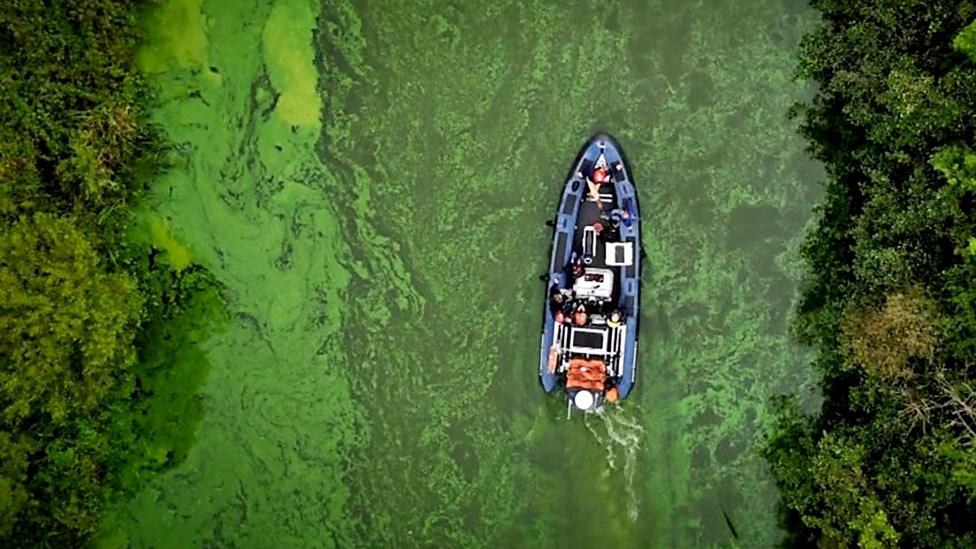‘I want to make sure townlands aren’t lost forever’
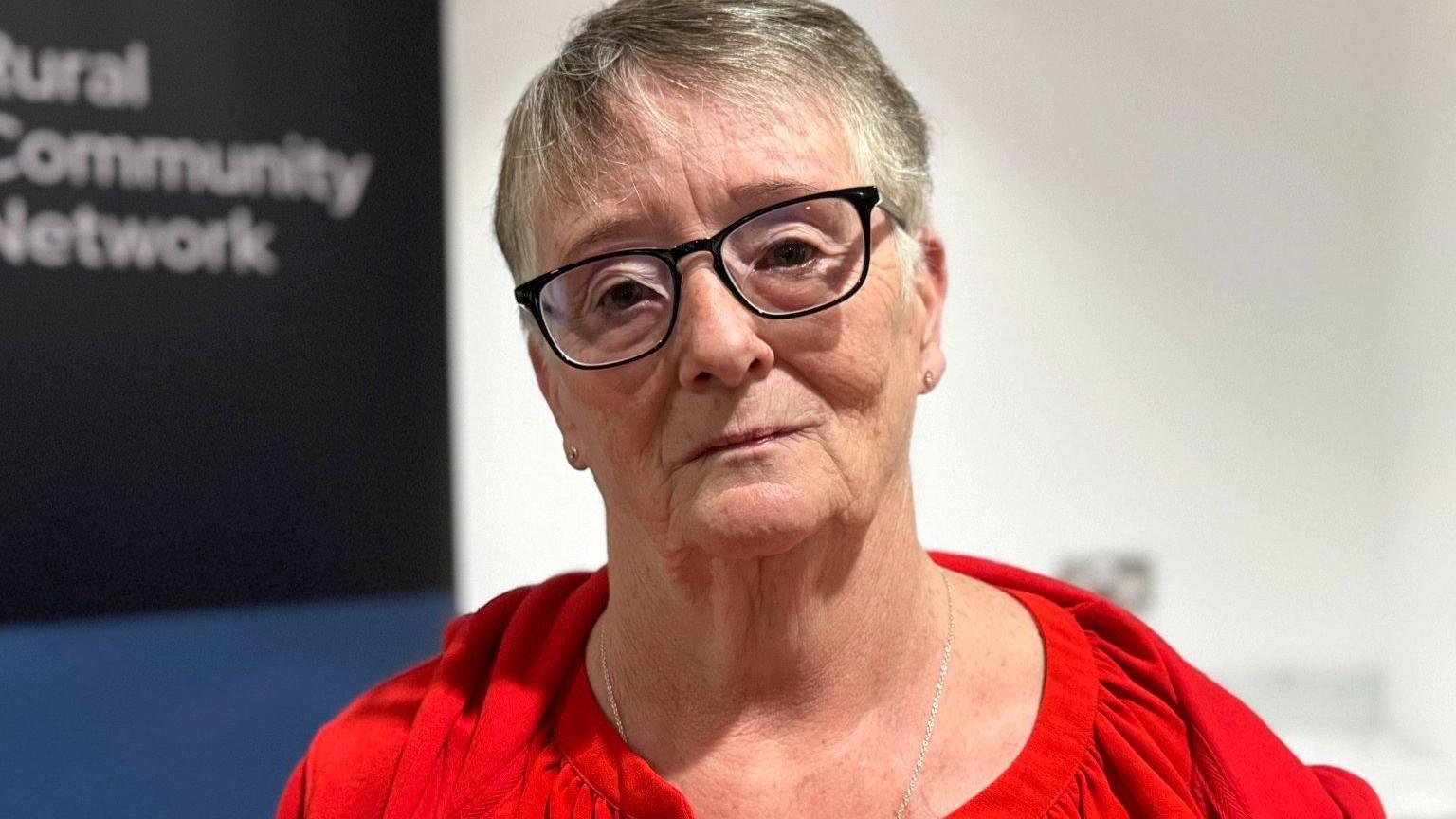
Una Walsh believes young people are the key in keeping the history surrounding townlands alive
- Published
Una Walsh is a local historian on a mission.
The south Armagh native is trying to preserve the meaning behind townlands and bring a greater understanding of their importance to a new generation.
“If we only talk about townlands, history and heritage to the older generation who already know about it, then we’re at risk of losing it forever,” she said.
She has helped produce a series of short, animated videos for schools that delve into stories of history, heritage and folklore in an accessible way.
Townlands are small areas based on old Irish land divisions, many of which existed before the arrival of the English language in Ireland.
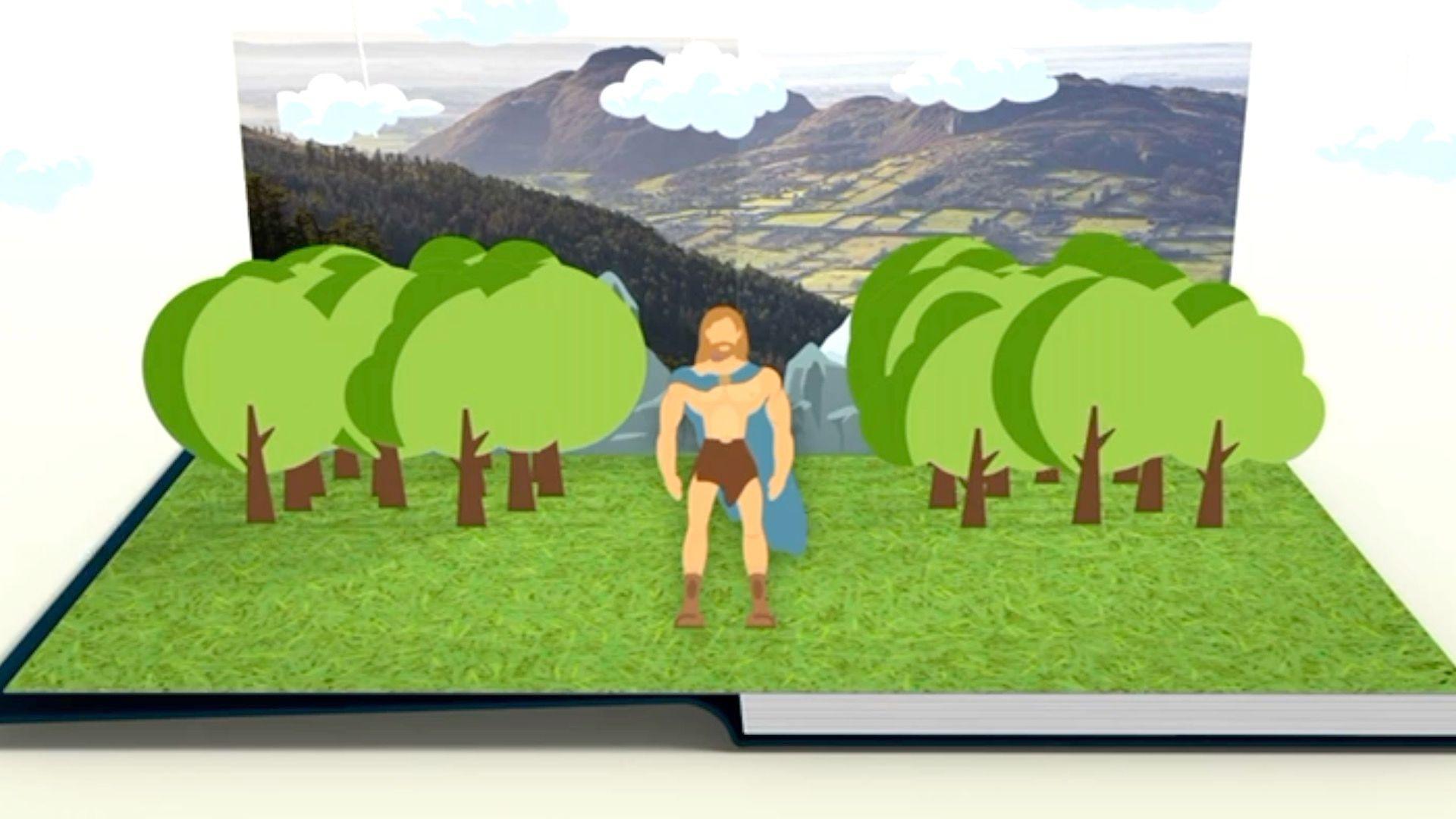
The Rural Health Partnership have produced a number of animations looking at the history of townlands and Irish folklore
“Half the battle is making it relatable, so when you have these amazing mythology stories and place names portrayed in a cartoon, your foot is in the door,” Una Walsh said.
She added: “For example, one of the animations tells the story of the giant Finn McCool and places him in real life locations and landscapes, that the children would recognise.
“In another video we look at place names and townlands and you are transported to those places through beautiful aerial drone footage.”
Mythology
After the Plantation of Ulster in the 17th century, many townlands were written down in English spelling, creating an anglicised form.
There are about 62,000 townlands right across this island of Ireland.
In 1972, a decision was taken in Northern Ireland to reduce the use of townland names and introduce rural road naming.
In recent years, because of the introduction of postcodes and technology, there have been campaigns to save the original names of townlands.
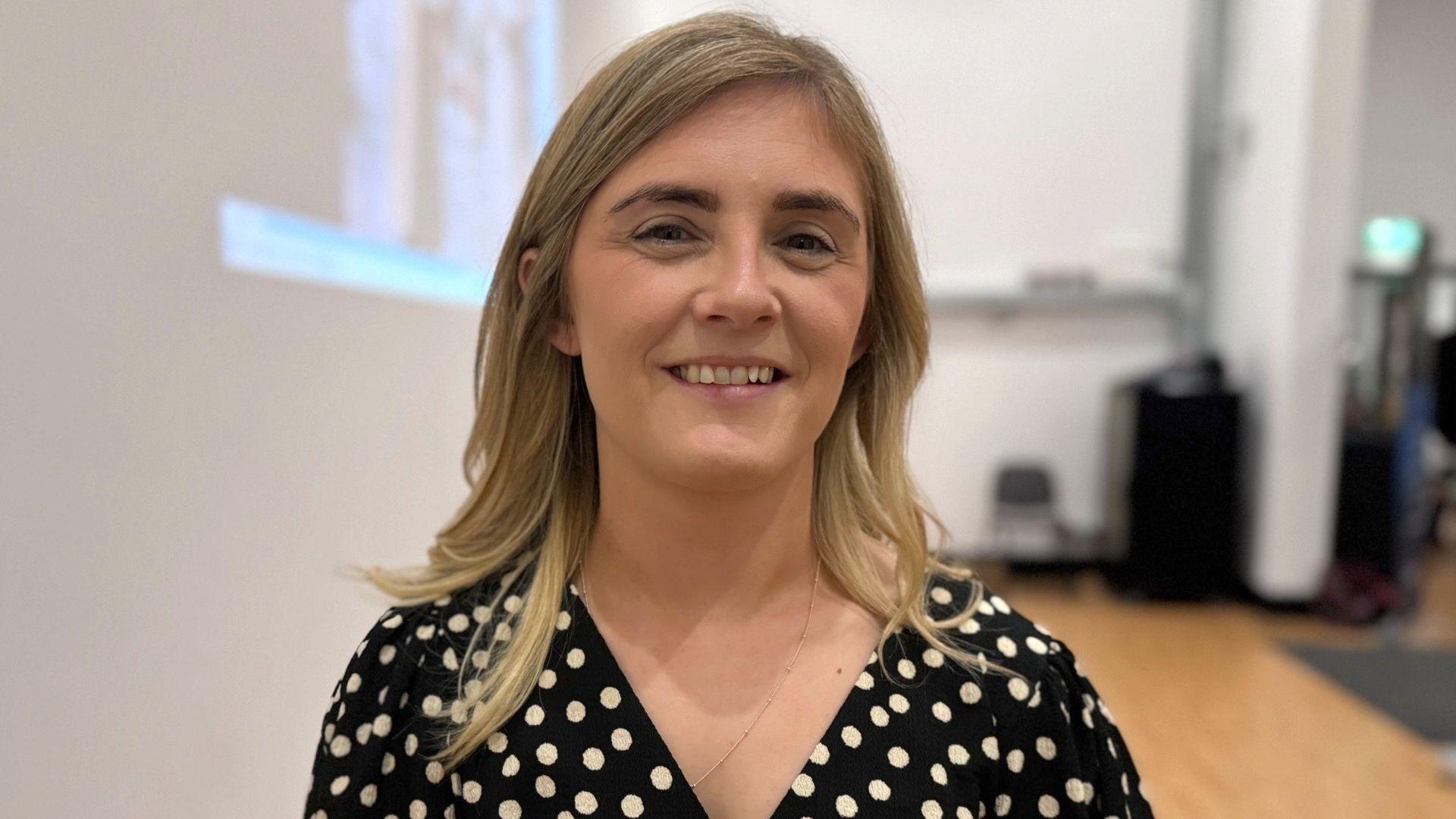
Emma McAleer believes it's important to give groups from rural areas a platform
For example, Una Walsh has been involved with a project in south Armagh that has seen stones in some areas labelled with townland names.
The newest animated videos are part of a Living History project from the Rural Health Partnership that was funded by the National Lottery Heritage Fund.
Una Walsh said: “Townland names carry with them so much history and mythology, so it’s important that our young people know about them and carry on the tradition.
“So I’m really excited to see the impact these animations could have.”
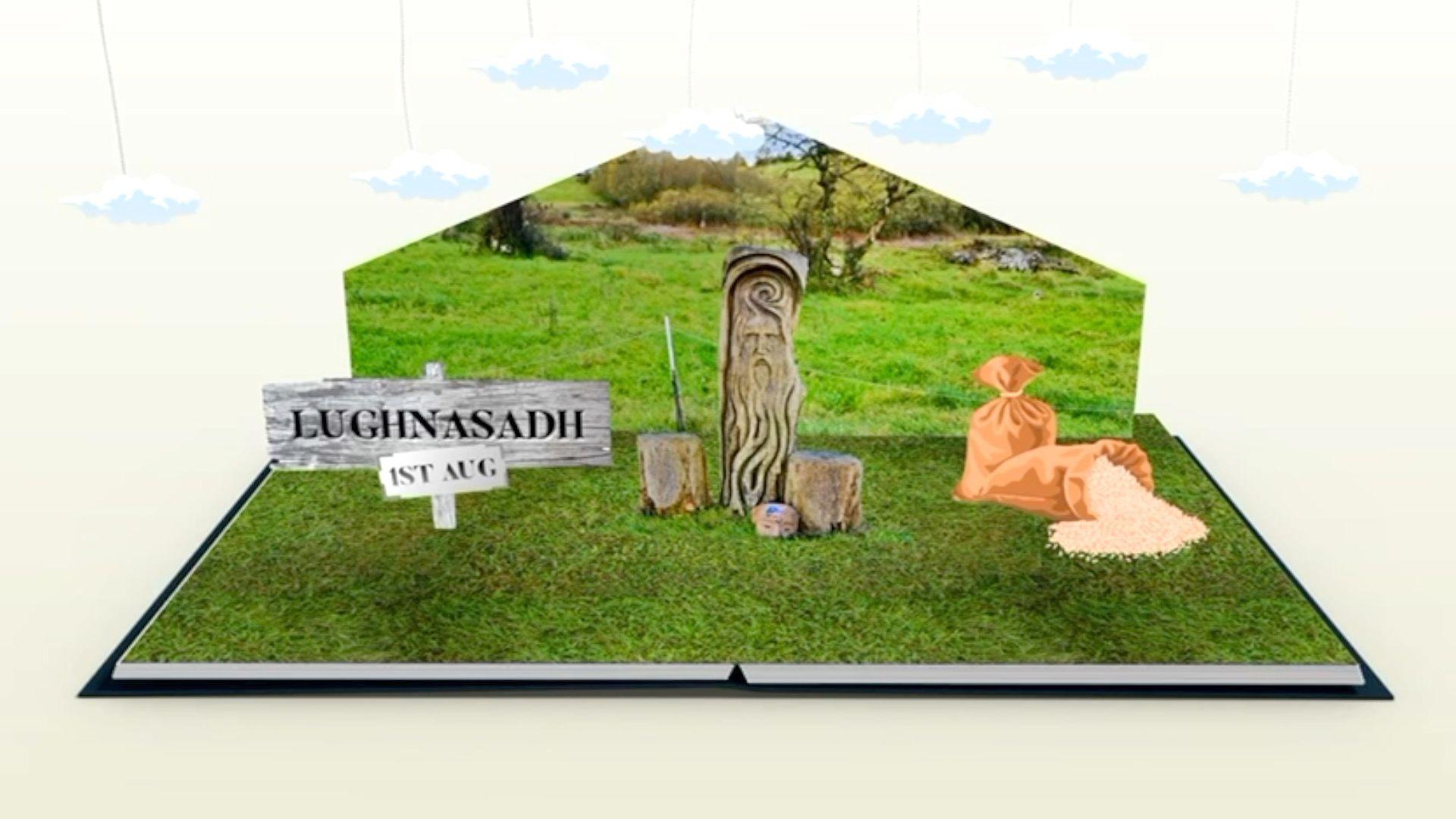
The animations have already been shown in a number of schools
The animations were shown at a recent Rural Gathering conference in Pomeroy Forest Park in County Tyrone.
The event was organised by the Rural Community Network and Emma McAleer was the project co-ordinator.
She said: “An event like this is about creating a space for rural people to come together, to connect, to learn and to share ideas.”
The conference also discussed the history and legacy of Lough Neagh.
Lough Neagh Stories
Last year, the lough, the UK's largest freshwater lake, was blighted by large blooms of the potentially toxic blue-green algae.
It supplies about half of Belfast's drinking water and about 40% of Northern Ireland's overall.
As a seventh-generation fisherman on the lough, Gary McErlain felt the effects acutely.
He spoke at the conference about Lough Neagh Stories.
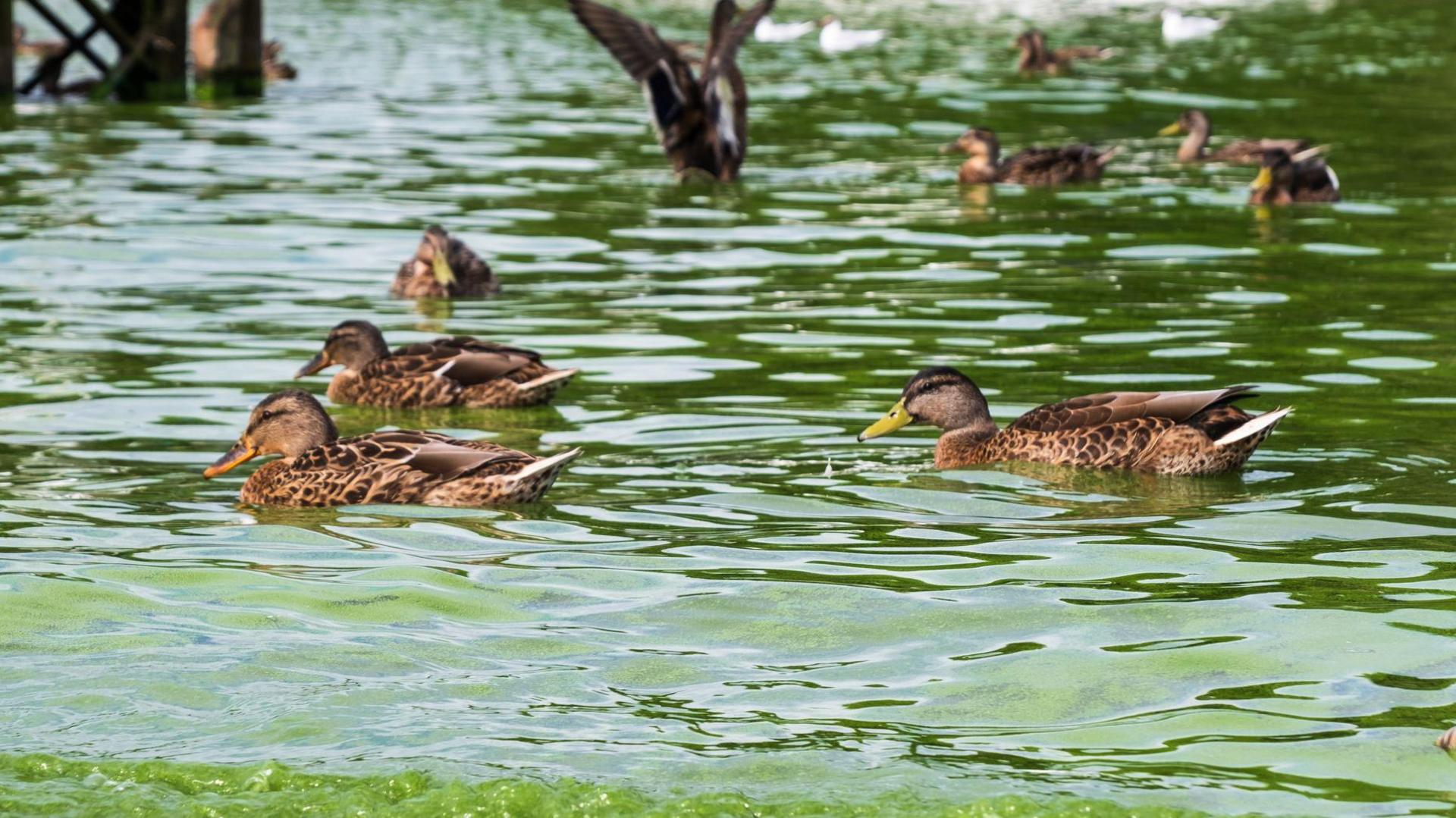
Ducks in river at entrance to Lough Neagh in affected water from Blue Green algae blooms pollution in Lough Neagh
It is a project aimed at getting beyond recent headlines and promoting the heritage, myths and legends of the lough.
Gary McErlain said: “Understandably, last year all you heard about was the disaster around Lough Neagh, but at the end of the day there’s an indigenous community that lives around the lough shore, and when the news cameras left we were still there.
“We know and love the lough and Lough Neagh Stories is about instilling the essence of that and sharing it with others.”
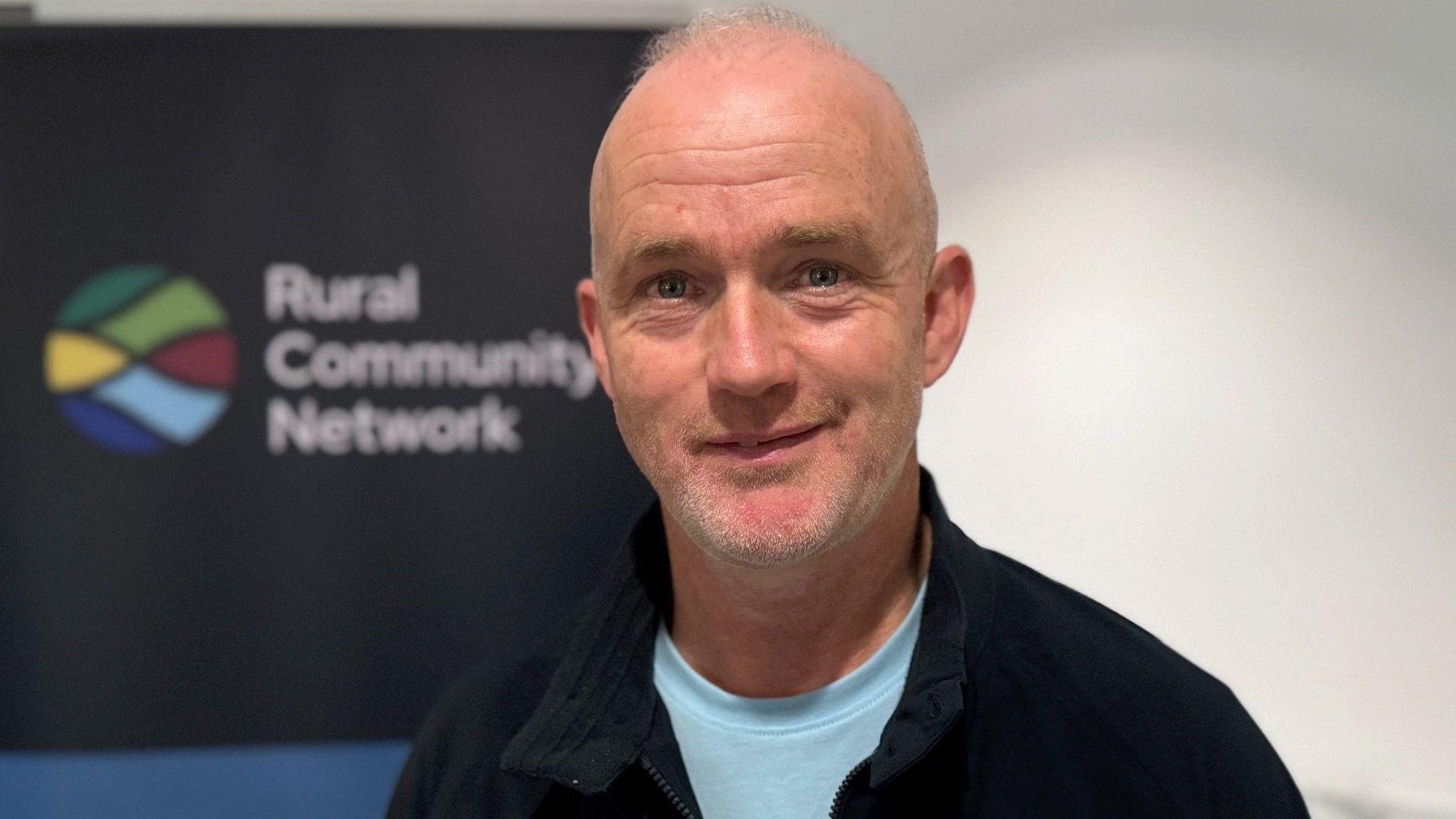
Gary McErlain is a seventh-generation fisherman on Lough Neagh
He added: “Yes, it was heartbreaking living through the last year with the algae issues, and it still is at times, but it’s important to show too that there’s more to Lough Neagh than blue-green algae.”
The Rural Gathering conference is in its second year, and this year it was funded by the National Lottery Heritage Fund.
Emma McAleer hopes it will continue to be an annual event.
She said: “To be honest I don’t think there are many places where you can bring together discussions on things like townlands or Lough Neagh's history.
“So it’s important to continue to create that platform for rural communities, because it’s so rare.”
Related topics
- Published25 June 2023
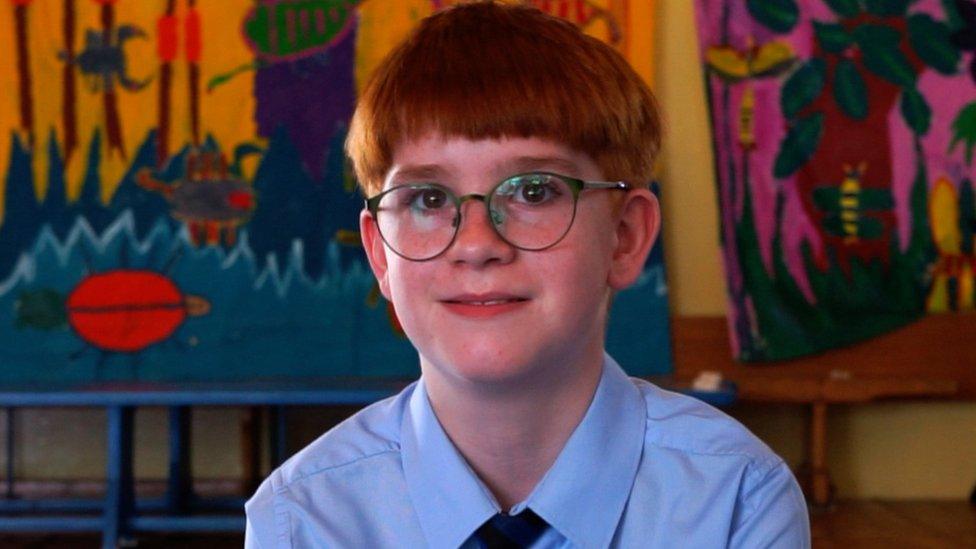
- Published2 January 2024
